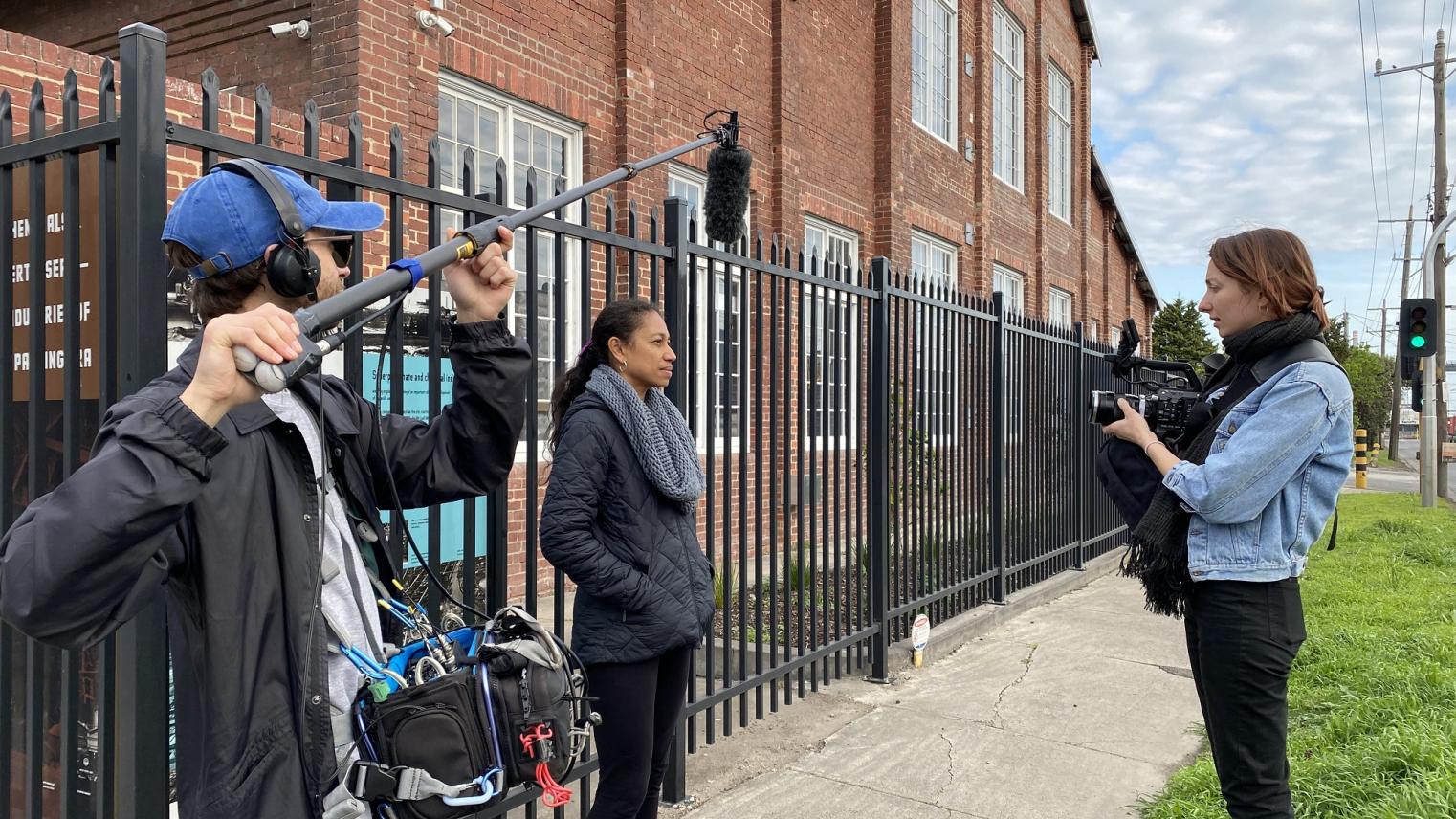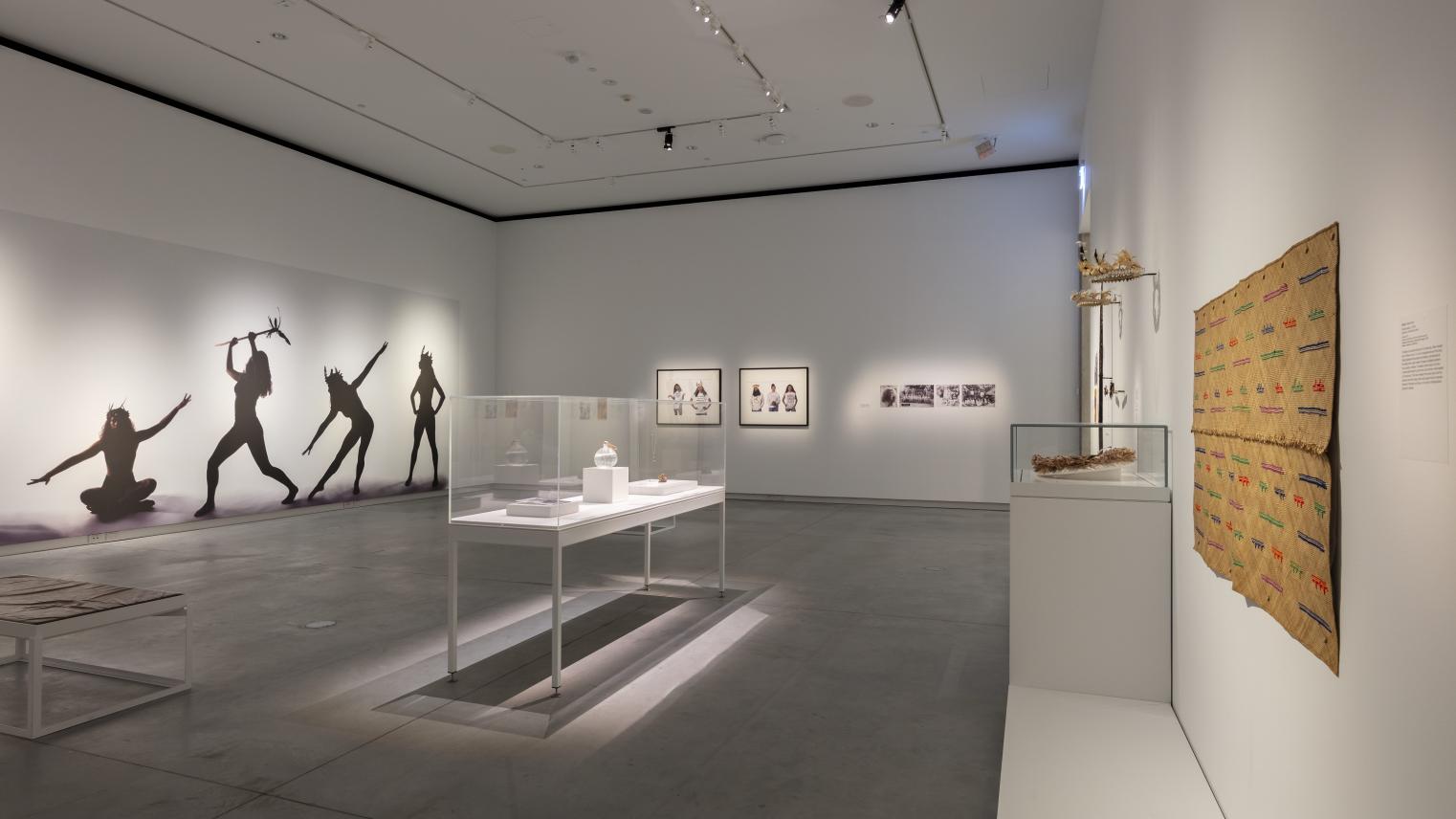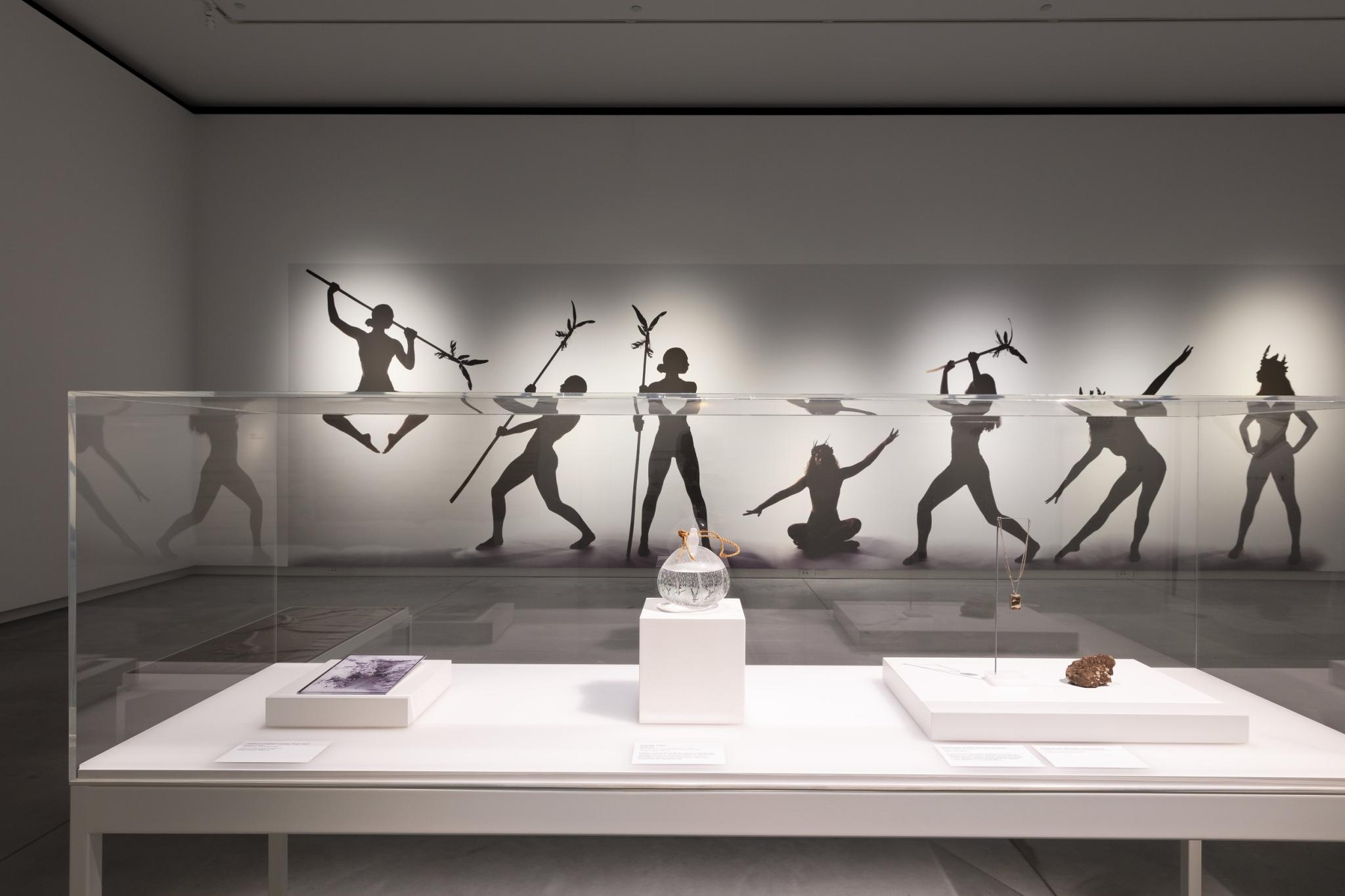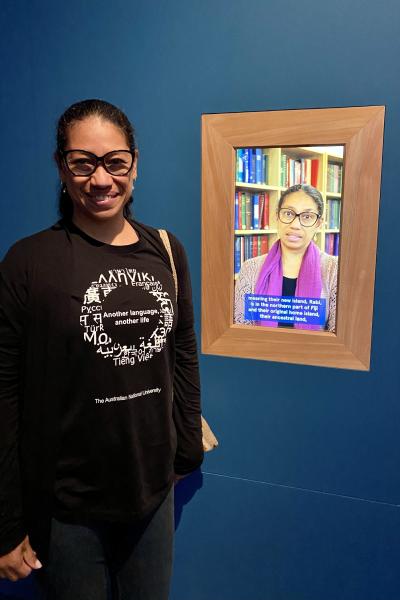Moving Images, Living Histories: Professor Katerina Teaiwa’s Expansive Practice Across Art, Activism, and Archives
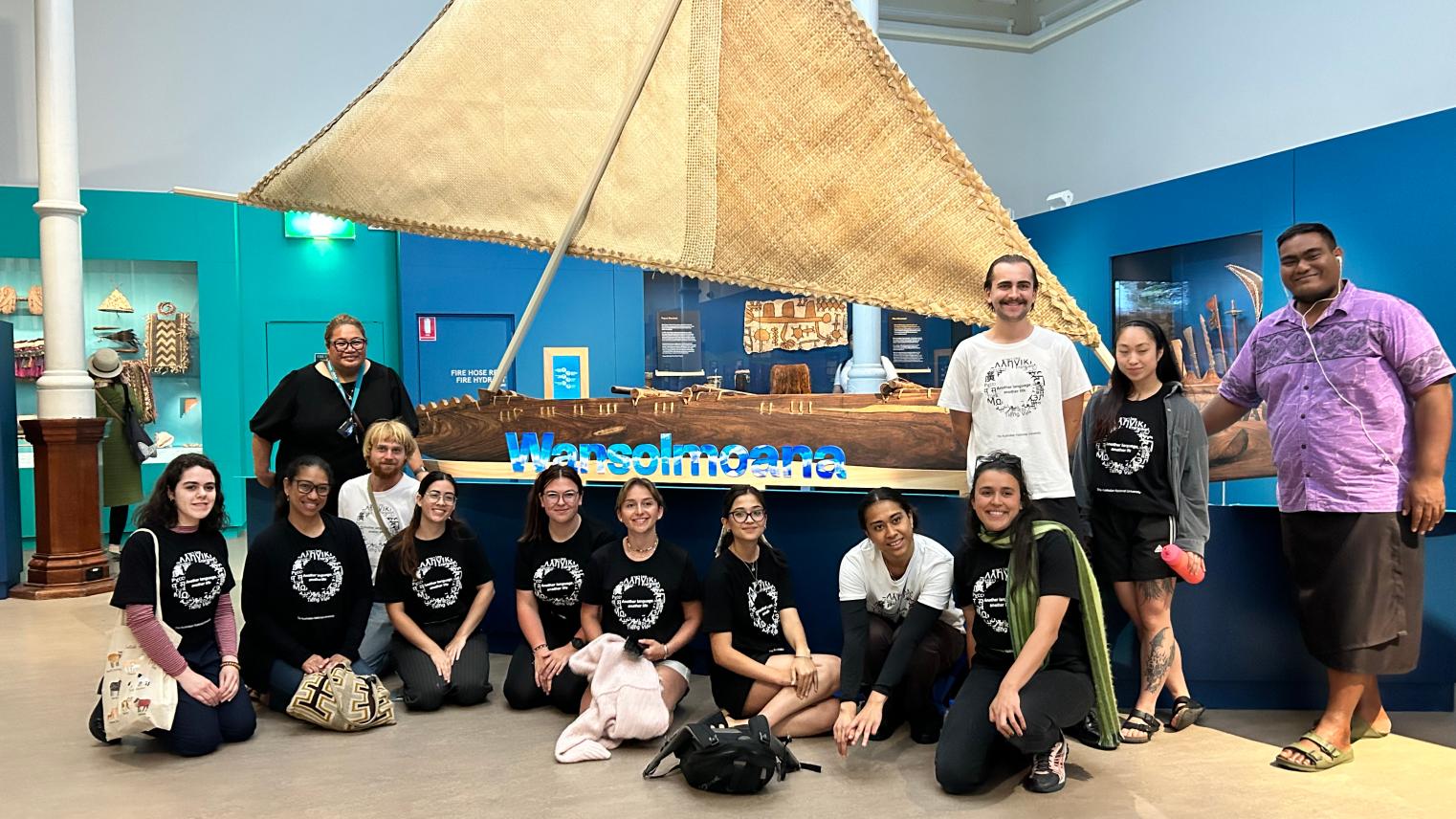
Katerina Teaiwa’s long-running work on Project Banaba continues to anchor her practice. This research-creation project traces the traumatic history of displacement and phosphate mining on Banaba Island (Kiribati) and its lasting effects on the Banaban diaspora. Combining archival research, creative storytelling and community collaboration, Project Banaba, has toured internationally as a multimedia exhibition and remains a powerful vehicle for historical reckoning and cultural resilience.
However, Teaiwa’s work goes beyond Banaba. In the past year alone, her work has spanned from a video installation in regional Victoria to permanent museum exhibitions in Sydney—and she’s not slowing down.Recently featured in Storytelling Liberation, a collaborative film exhibition at the La Trobe Art Institute in Bendigo, Teaiwa brings powerful themes of embodied memory and political resistance to screen. Developed with Dr Alex Martinis Roe from the University of Melbourne’s Victorian College of the Arts, the project grew out of Teaiwa’s tenure as the inaugural recipient of the Stewart Black Drawing Fellowship (2021–2022). Footage from Melbourne shoots gives viewers a glimpse into the emotionally charged, visually rich video installation that blends art with activism.
Meanwhile, her curatorial work with the Wansolmoana exhibition at the Australian Museum in Sydney has been helping to reshape how Pacific histories are presented in national institutions. A member of the exhibition’s curatorium, Teaiwa worked for more than 18 months with the museum, community leaders, fellow curators, and ANU students to develop content for the “Disruptions” section—focusing particularly on Banaban history and cultural material. The result is a striking contribution to the museum’s new Pacific gallery, offering both critical insight and heartfelt storytelling.
The next major stop on Teaiwa’s research map is the new Dance Protest exhibition at the Chau Chak Wing Museum, University of Sydney. Opened in April and running until January 2026, the show continues her interrogation of women’s activism, movement, resistance, and cultural expression—key themes in her interdisciplinary body of work.
But for Teaiwa, exhibitions are only one piece of a larger mosaic. In October, she will host a major gathering of Aboriginal and Pacific scholars, artists, and activists as part of her ARC Indigenous Discovery grant with colleagues from Flinders University and the University of Melbourne. The event promises to be a landmark moment for intellectual and creative collaboration across Indigenous and Oceanic communities. Her advocacy for visibility continues through her leadership in an exciting partnership between the Oceania Working Party of the Australian Dictionary of Biography, the Australian Association for Pacific Studies, and the National Portrait Gallery. This initiative aims to amplify Pasifika presences across portraiture, education, and public programming. With CHL visiting scholar Solstice Middleby, Teaiwa recently led a workshop with Pacific leaders and professionals from Australia’s GLAM (Galleries, Libraries, Archives and Museums) sector to consult on how best to move forward.
Teaiwa’s next event is the launch of the newly imagined Oceania Gallery at the Metropolitan Museum of Art in New York City. She provided the narration for the gallery’s new audio guide, weaving together insights and stories for 29 objects acquired by The Met—spanning Kisar, Leti and the Tanimbar Islands to Pohnpei, the Solomon Islands, East New Britain, Massim, Bougainville, the Torres Straits, New Caledonia, Aotearoa, Tonga, Hawai‘i and the Marquesas. Professor Teaiwa will gather with representatives of these regions and those of the galleries of the Americas and Africa to celebrate The Met’s renovated Rockefeller Wing.
From community consultation to museum galleries, and from collaborative film to national archives, Professor Katerina Teaiwa’s work continues to open new spaces for Pacific stories—and those who carry them—to be seen, heard, and honoured.
